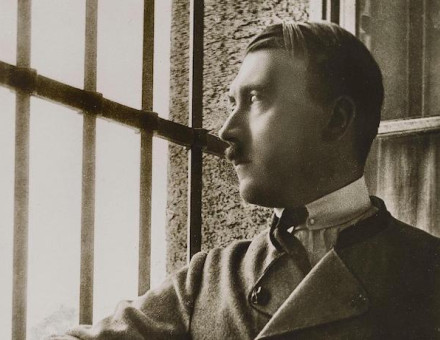The 1848 Unification of Switzerland
David Birmingham looks at how the invented traditions of 19th-century Swiss history cemented a sense of national identity.
The unification of Switzerland, or Helvetia, in the nineteenth century, like the unification of western Europe in the twentieth century, was a long and complex process. The contentious issues at stake were sovereignty, religious toleration, a single market, a common currency and a united army. The slow integration took place in parallel with the better-known processes at work in Germany and Italy. The corner-stone of Swiss unification was a treaty between no less than twenty-five sovereign nations signed in February 1848 at a Diet (or Senate) of representatives of the Swiss confederal pact which had been created in 1815. The Bern constitution, like the Treaty of Rome a century later, was the beginning of a process of closer co-operation. It ended a generation of chronic instability and strife within and between the Swiss nation-cities.





